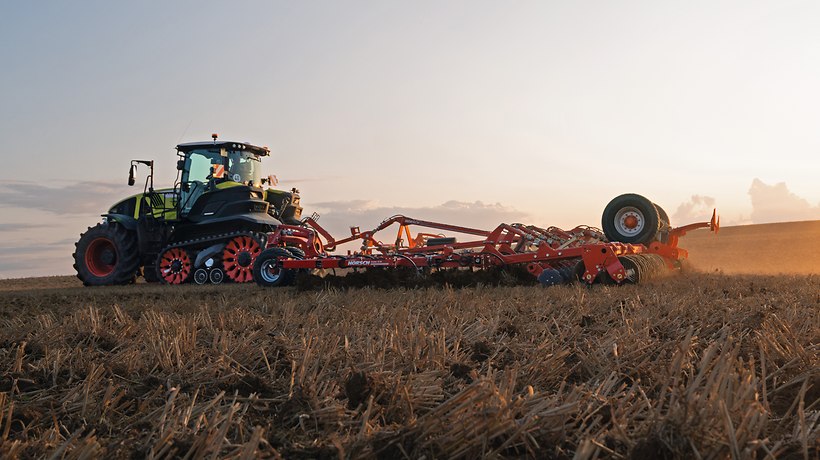

The milestones #1946 – 1960
A new era of reconstruction and mechanisation started after the end of World War II. In agriculture, horses were soon replaced by tractors and other machines, and both vineyards and orchards were also mechanised more and more. At the same time, tractors rapidly became more powerful, and the number of variants and types grew just as quickly. Renault established itself as France’s leading and largest tractor manufacturer.


















